
低溫廢水回收設備的使用原(yuán)理
作者:創始人來源:http://www.ahfanglei.com/時間:2025-02-17
低溫廢水回收設備的使用原理主要(yào)基於降低廢水蒸發所需的溫度和壓力,使水分在(zài)較低溫(wēn)度下蒸發,從而實現水與廢水(shuǐ)中的汙染物(wù)分離(lí)。以下是該設備使用原理(lǐ)的詳細解釋:
The principle of using low-temperature wastewater recovery equipment is mainly based on reducing the temperature and pressure required for wastewater evaporation, so that water evaporates at a lower temperature, thereby achieving the separation of pollutants in water and wastewater. The following is a detailed explanation of the operating principle of the device:
一、核心原理
1、 Core principle
低(dī)溫廢水(shuǐ)回收設備的核心原理是通過降低沸點,使廢(fèi)水在較低能耗(hào)下蒸發。這(zhè)通常是(shì)通過降低廢水所處環境的壓力來實(shí)現的,因為在真空或負壓狀態(tài)下,水的沸點會(huì)顯著降低。利(lì)用這(zhè)一原理,廢水可以在較低的(de)溫度(如40°C-60°C,甚至更低(dī)至(zhì)28°C-37°C)下蒸發,產(chǎn)生水蒸氣。
The core principle of low-temperature wastewater recovery equipment is to lower the boiling point, allowing wastewater to evaporate at lower energy consumption. This is usually achieved by reducing the pressure of the environment in which the wastewater is located, as the boiling point of water will significantly decrease under vacuum or negative pressure conditions. By utilizing this principle, wastewater can evaporate at lower temperatures (such as 40 ° C-60 ° C, or even as low as 28 ° C-37 ° C) to produce water vapor.
二、工作流程
2、 Workflow
低溫廢水(shuǐ)回收設備的工作流程通常包括以下幾個關鍵步驟:
The workflow of low-temperature wastewater recovery equipment usually includes the following key steps:
廢(fèi)水預處理:在低溫蒸發之前,通常需要對廢水進行預處(chù)理,以(yǐ)去除懸浮物、油脂等雜質,確保後續蒸發過程的順利進行。
Wastewater pretreatment: Before low-temperature evaporation, it is usually necessary to pretreat the wastewater to remove suspended solids, oils, and other impurities, ensuring the smooth progress of the subsequent evaporation process.
加(jiā)熱與蒸發:通(tōng)過熱泵、機械壓(yā)縮技術或其他熱源,將廢水(shuǐ)加熱至其蒸(zhēng)發點。在真空(kōng)或負壓狀態下,廢水中的水分開始(shǐ)蒸發(fā),產生(shēng)水蒸氣。
Heating and evaporation: Wastewater is heated to its evaporation point using heat pumps, mechanical compression technology, or other heat sources. Under vacuum or negative pressure, the water in the wastewater begins to evaporate, producing water vapor.
水蒸氣冷凝(níng)回收:蒸發出的水蒸氣隨(suí)後進入冷凝器,在冷凝器(qì)內部設置有(yǒu)冷(lěng)卻介質(zhì)(如水或空氣),用於將水蒸氣冷卻並(bìng)凝結成液態水(shuǐ)。這一(yī)過程(chéng)中,水蒸氣與冷卻介質進行(háng)熱(rè)交換,釋放出(chū)熱量並(bìng)轉化為液態水。
Water vapor condensation recovery: The evaporated water vapor then enters the condenser, where a cooling medium (such as water or air) is installed inside the condenser to cool and condense the water vapor into liquid water. During this process, water vapor exchanges heat with the cooling medium, releasing heat and converting it into liquid water.
濃縮液處理:蒸發過程中剩餘的濃縮液含(hán)有高濃度的汙染物(wù),這些濃縮液可以通過進一步處理或幹(gàn)化固化處理,以達到環保排(pái)放標準或進行資源回(huí)收。
Concentrated liquid treatment: The remaining concentrated liquid during the evaporation process contains high concentrations of pollutants, which can be further processed or dried and solidified to meet environmental emission standards or for resource recovery.
三、優勢特點
3、 Advantages and Characteristics
低溫(wēn)廢水(shuǐ)回收設備相(xiàng)比傳統的高溫蒸發(fā)技(jì)術具有顯著的優勢(shì):
Low temperature wastewater recovery equipment has significant advantages over traditional high-temperature evaporation technology:
低能耗:由於蒸發溫度較低,所(suǒ)需的能量大大減(jiǎn)少,特別是當利用廢熱或低級能量源時(shí)更為高效。
Low energy consumption: Due to the lower evaporation temperature, the required energy is greatly reduced, especially when utilizing waste heat or low-grade energy sources, which is more efficient.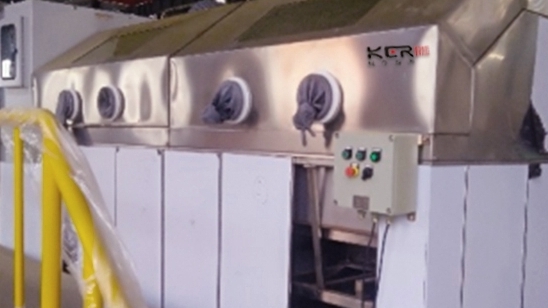
適應性(xìng)強:適用於(yú)處理(lǐ)高含鹽、高有機物和高濃度的工業廢水,如化工、製藥、電鍍、金屬加工(gōng)等行業的廢水。
Strong adaptability: Suitable for treating industrial wastewater with high salt content, high organic matter, and high concentration, such as wastewater from chemical, pharmaceutical, electroplating, metal processing, and other industries.
減少排放量:通(tōng)過濃縮減量和回(huí)用水的分離,有效減少廢水排(pái)放,達到環保排放標準。
Reduce emissions: Through concentration reduction and separation of recycled water, effectively reduce wastewater discharge and meet environmental discharge standards.
操作安全:低溫操(cāo)作條件下,減少了設備(bèi)的結垢和腐蝕問題(tí),延長了設備的使用壽命。
Operational safety: Under low-temperature operating conditions, it reduces equipment scaling and corrosion issues, extending the service life of the equipment.
綜上所述,低溫廢水回收設備以其高效、低能耗(hào)、適應性強(qiáng)和環保可持續(xù)的特點,在廢水處理(lǐ)領域具有廣泛的應(yīng)用前景(jǐng)。
In summary, low-temperature wastewater recovery equipment has broad application prospects in the field of wastewater treatment due to its high efficiency, low energy consumption, strong adaptability, and environmental sustainability.
本文由 低溫廢水回收設備(bèi) 友(yǒu)情奉(fèng)獻.更多有關的知識請點擊 http://www.ahfanglei.com 真誠的態度.為您提供為全麵(miàn)的(de)服務.更多有(yǒu)關的知識91污將會陸(lù)續向大家奉獻.敬請(qǐng)期待.
This article is a friendly contribution from low-temperature wastewater recovery equipment For more related knowledge, please click http://www.ahfanglei.com Sincere attitude To provide you with comprehensive services We will gradually contribute more relevant knowledge to everyone Coming soon.
推薦(jiàn)產(chǎn)品
推薦文章
 公司:濟(jì)南科爾超聲波設備有限(xiàn)公司
公司:濟(jì)南科爾超聲波設備有限(xiàn)公司  熱線:18663767799
熱線:18663767799 地址:山東省(shěng)濟南市濟陽區創(chuàng)業(yè)路與啟航(háng)街交叉口南40米
地址:山東省(shěng)濟南市濟陽區創(chuàng)業(yè)路與啟航(háng)街交叉口南40米





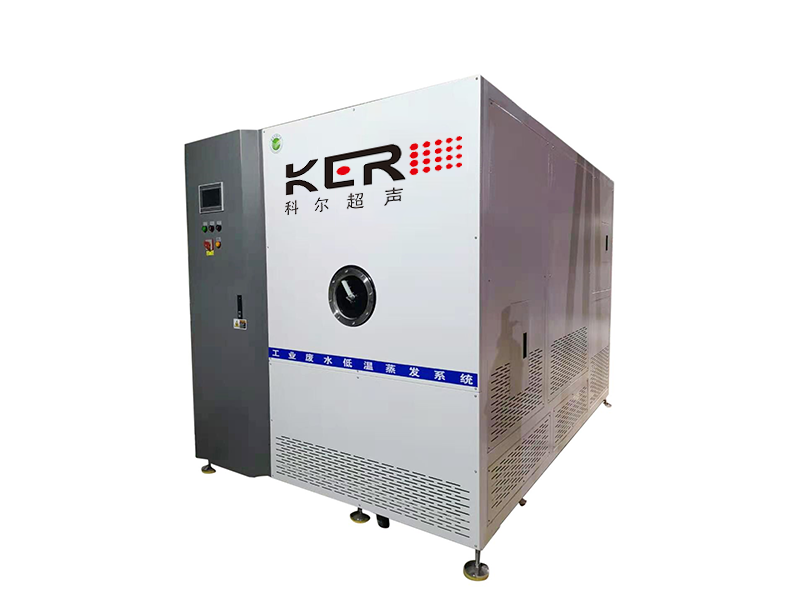
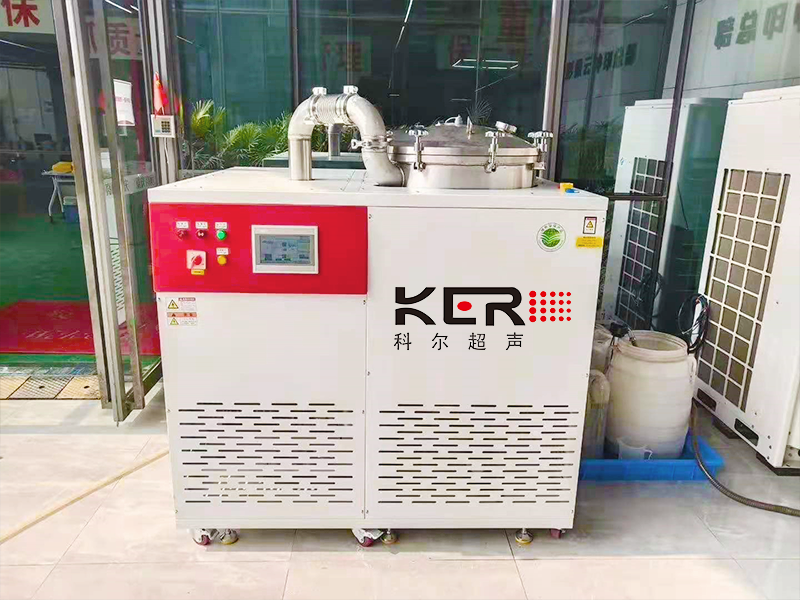
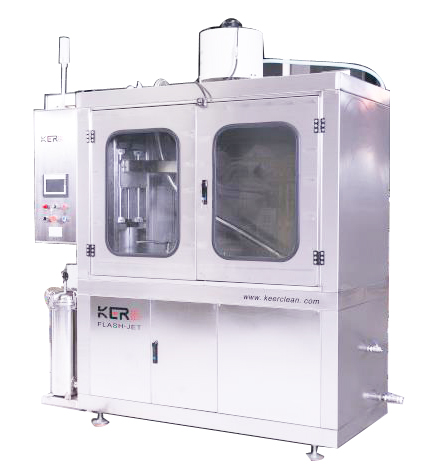
 新聞資訊(xùn)
新聞資訊(xùn)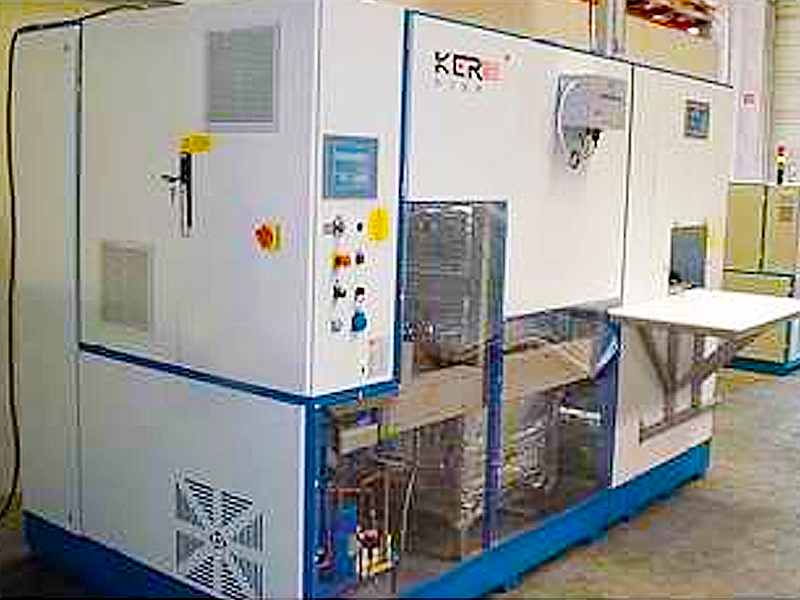
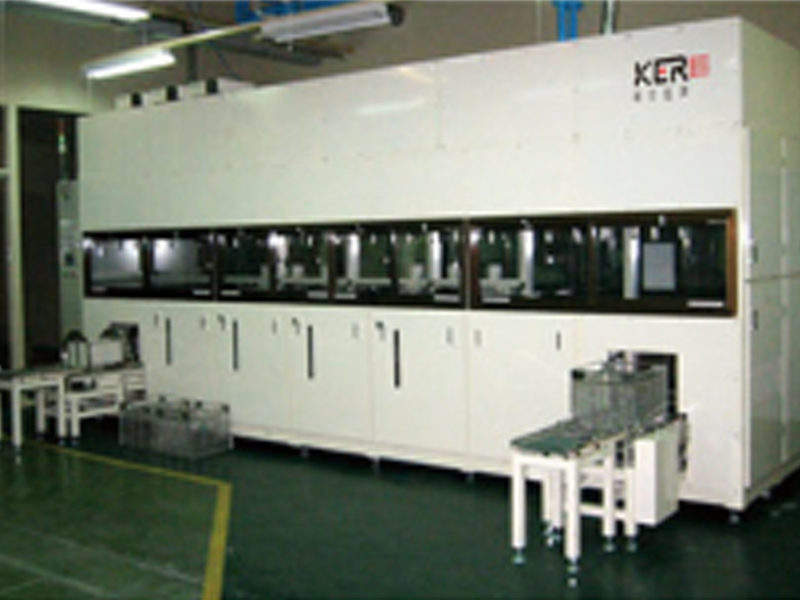
 聯係91污
聯係91污
 谘詢電話:18663767799
谘詢電話:18663767799 E-MAIL:jnkergs@163.com
E-MAIL:jnkergs@163.com 地址:山東省濟南市濟陽區創業路與啟(qǐ)航街(jiē)交叉口南40米
地址:山東省濟南市濟陽區創業路與啟(qǐ)航街(jiē)交叉口南40米 魯公網安備 37011202001385號(hào)
魯公網安備 37011202001385號(hào)
